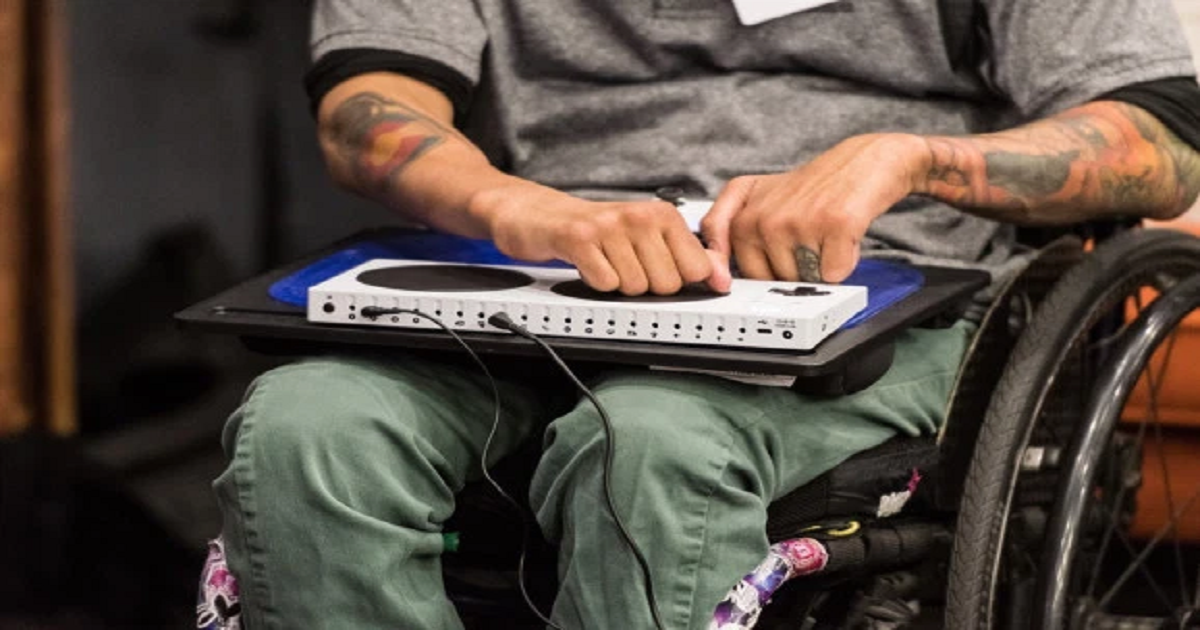Accessibility finally matters to the game industry — but it needs to do better
venturebeat | October 08, 2019

Globally, 2.6 billion people spanning across geographical regions, generations, and socioeconomic backgrounds take part in digital gaming. This is a big portion of our world’s population, so unsurprisingly, it doesn’t — and shouldn’t — stop at players with disabilities. In fact, approximately 92% of people with impairments play video games, and there are more than 33 million gamers with disabilities in the U.S. alone. Undoubtedly, no game developer or hardware designer would shun the idea of making sure that everyone who wants to can play their video games. Yet despite this, making games and hardware more accessible has really only just laid its foundations firmly on the radar of many of the big game developers and manufacturers. Until now, gaming hardware has been made with the assumption that the player has certain bodily capabilities – an assumption that is being rightly disrupted by disability advocates in the gaming world. As for the games themselves, developers are increasingly taking into account potentially exclusionary elements and adapting them for inclusive use.